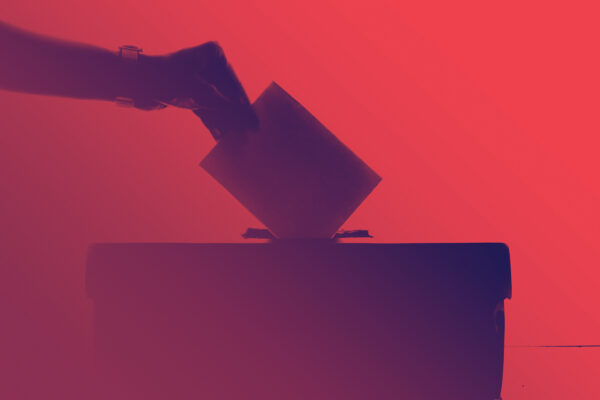As the coronavirus continues to spread, California’s elected officials must take swift action to protect the November elections.
With many social distancing measures still in effect, there will almost certainly be far fewer locations where Californians can vote in person. We must develop a plan for making voting safe and accessible for everyone and as soon as possible.
Earlier this month, Governor Gavin Newsom took an important step in the right direction when he issued an executive order requiring elections officials to mail ballots to all registered voters, which can then be returned via mail, drop box, or at a voting location. California is the first state in the nation to take this critical step.
There is widespread agreement among voting rights advocates and California elections officials that no one should be forced to choose between exercising their constitutional right to vote and protecting their health. Giving all voters the ability to cast their ballots from home is a commonsense way to protect both public health and democracy. Fortunately, many Californians already use vote-by-mail: 65% did in the November 2018 election.
There is disagreement, however, over whether counties should also be required to provide safe polling locations for those who need or prefer to vote in person. Some elections officials have argued that any state mandate requiring counties to keep at least a minimum number of polls open would be unworkable. They point to the difficulty finding sites that meet public health and social distancing requirements. They warn of the risks to poll workers - many of whom are seniors, a demographic at high risk of contracting a deadly COVID-19 infection.
We recognize these challenges. Yet we can and must overcome these hurdles in order to protect voter access.
We can’t rely on vote-by-mail alone. People need in-person voting options. This is not about nostalgia or partisan politics – as some have suggested. It’s an issue of protecting our democracy.
Without enough safe in-person polling places, many already-underrepresented voters won’t be counted. Receiving a ballot by mail is not an option for people who are unhoused or transient, and we can be certain that this November an increased number of people will be displaced due to the economic fallout from the coronavirus. Furthermore, limited-English speakers and people with disabilities rely on services they can only get at in-person locations. Black, Latinx, and Native Americans are also less likely to use vote-by-mail, while Asian American voters are more likely to have their mail-in ballots rejected. New and infrequent voters must also be allowed to register to vote or update their registration in person up to and on Election Day.
Without a mandatory minimum number of locations statewide for in-person voting, early voting, and ballot drop-boxes, Californians’ ability to cast a ballot could be left up to the discretion of election officials in each county.
The Governor’s executive order acknowledged that it is essential to ensure access to in-person voting. Just days before, Senator Tom Umberg D-Santa Ana and Assemblymember Marc Berman D-Palo Alto announced a legislative packet with minimum requirements for in-person and drop-box voting locations in all counties, as well as early voting options. Similarly, in early May, the San Francisco Board of Supervisors unanimously passed a resolution urging Governor Newsom and Secretary of State Alex Padilla to secure the availability of in-person voting locations, drop off ballot options, and early voting.
We applaud these proposals. Yet despite these public pronouncements, no official action has been taken. The governor’s May 30 deadline for the legislature to pass legislation to safeguard the November elections is fast approaching.
Protecting the health of our democracy, as well as the safety of voters and poll workers, demands bold action from California’s leadership. The time to act is now.
Christina Fletes-Romo and Brittany Stonesifer are voting rights attorneys at the ACLU of Northern California. Both served on a working group convened by Secretary of State Alex Padilla to draft recommendations for making the elections safe and accessible during the COVID-19 pandemic.

